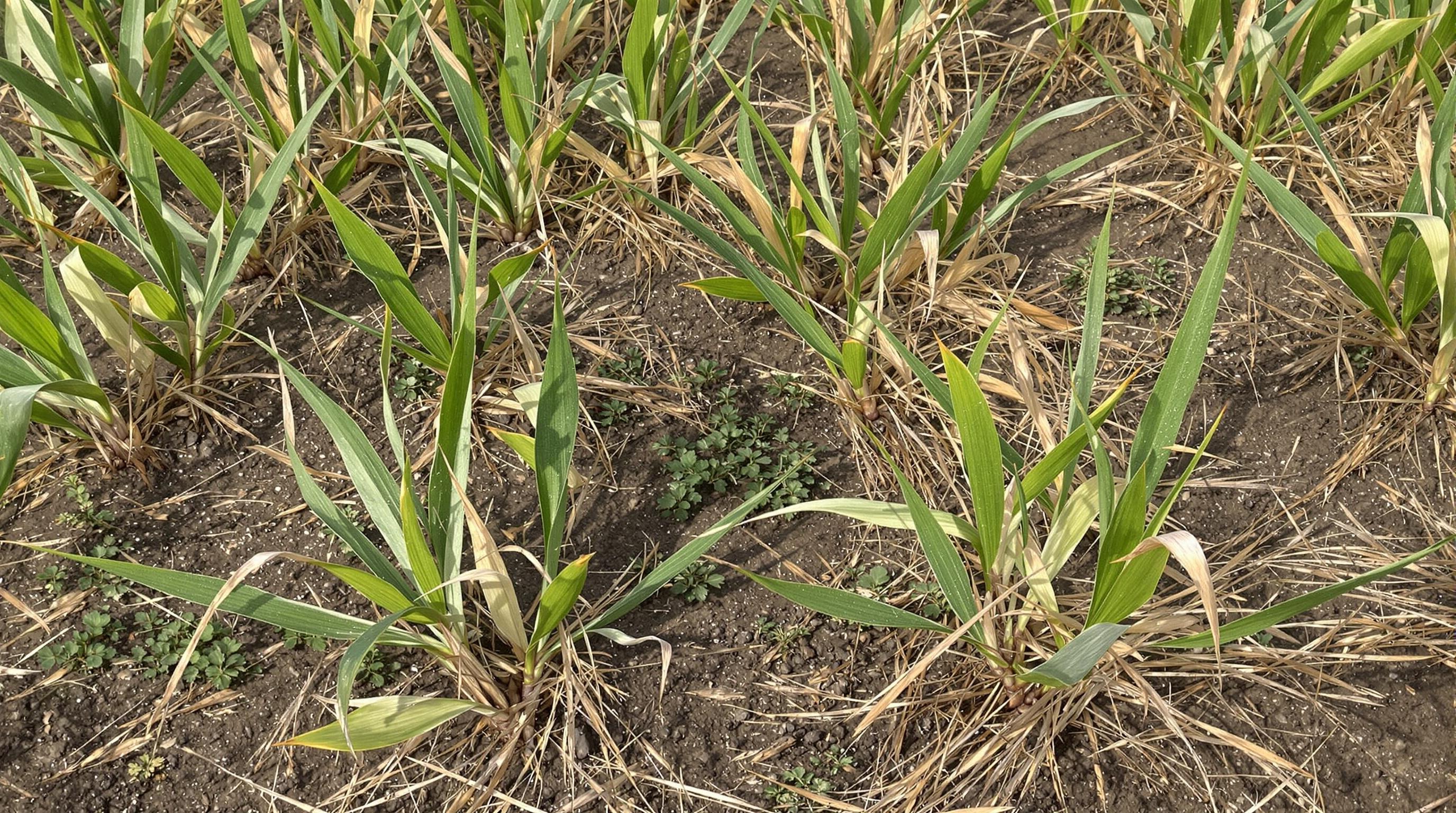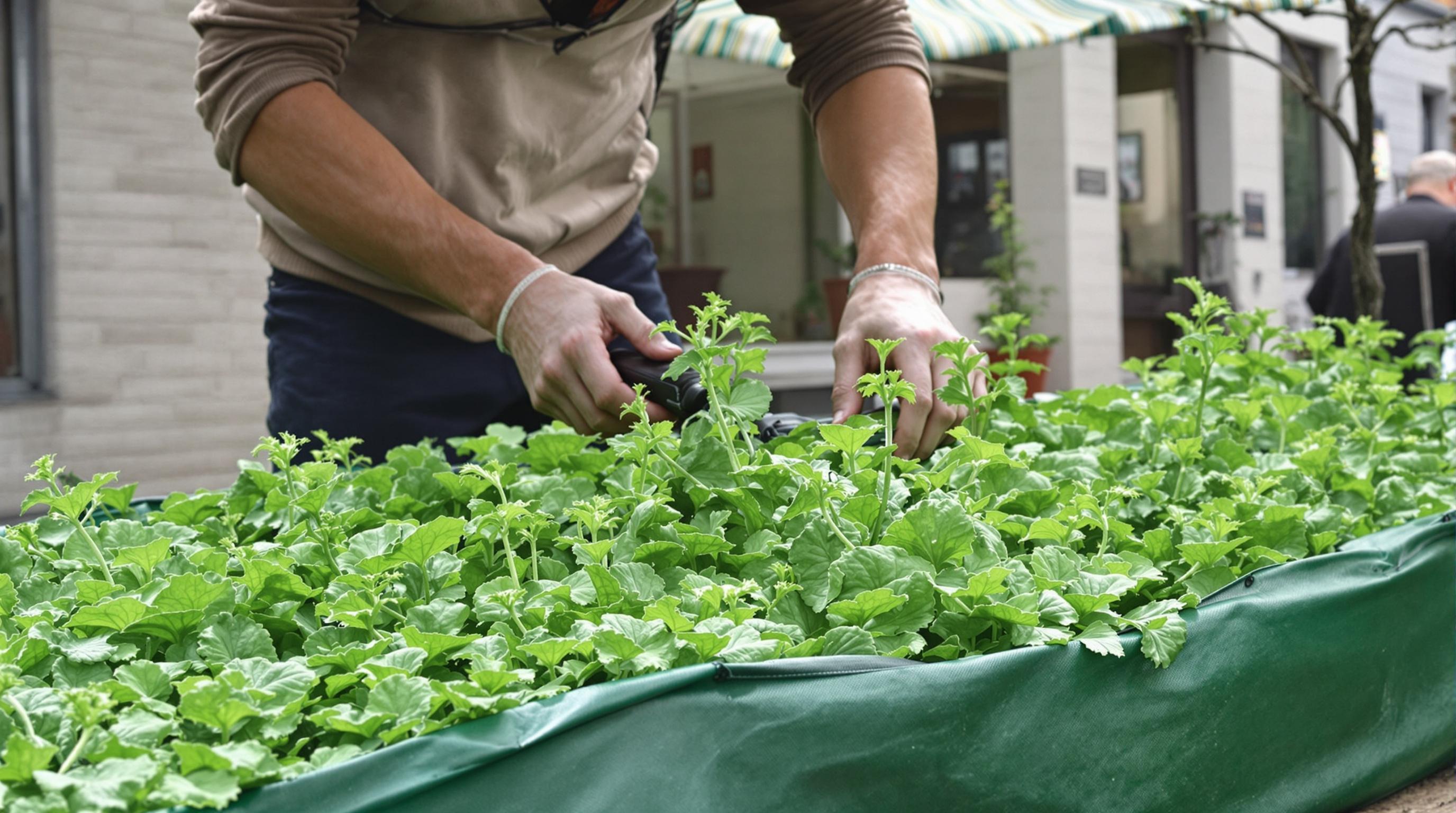Related Articles
- Unlocking Wealth: How Climate-Resilient Crops Are Shaping Financial Stability Amid Price Volatility
- Top 6 Emerging College Savings Solutions Unveiled Recently That Transform How Families Build Funds
- The surprising role of urban farming in creating economic buffers during volatile market cycles
- Unveiling the Quiet Impact of Climate Change on Municipal Bond Maturity Structures and Laddering Choices
- How Intergenerational Debt Shapes Families’ Ability to Fund Higher Education in Unseen Ways
- Top 6 Dynamic Laddering Tools from the Last Five Years Revolutionizing Interest Rate Risk Management
Unlocking Wealth: How Climate-Resilient Crops Are Shaping Financial Stability Amid Price Volatility
Unlocking Wealth: How Climate-Resilient Crops Are Shaping Financial Stability Amid Price Volatility
The integration of climate-resilient crops into agriculture is emerging as a pivotal strategy to counteract the financial instability caused by volatile commodity prices and climate change. This approach not only fortifies food security but also unlocks new economic opportunities for farmers and investors alike.
The Financial Seeds of Resilience
Imagine a farmer in sub-Saharan Africa whose livelihood is subject to the whims of unpredictable rainfall and fluctuating market prices. Climate-resilient crops—plants bred or engineered to withstand drought, pests, and extreme weather—offer more than just agricultural benefits; they serve as financial anchors. These crops reduce production risk, thereby stabilizing income streams for smallholder farmers and agribusinesses.
Price Volatility and Its Impact
Commodity prices have seen unprecedented swings in recent decades. Take the case of maize prices, which can fluctuate by more than 30% within a single year based on weather shocks or geopolitical tensions (FAO, 2022). Such volatility destabilizes local economies heavily reliant on agriculture, causing ripple effects throughout the global food supply chain.
A Real-Life Example: Drought-Tolerant Maize in Kenya
In Kenya, the introduction of drought-tolerant maize varieties has resulted in yield increases of up to 25% during dry spells (CGIAR, 2021). This enhancement not only cushions farmers from crop failures but also stabilizes local maize prices, which historically have been subject to volatile swings. Financially, farmers have reported a 15% increase in annual income due to reduced input costs and reliable yields.
Storytime: From Risk to Riches
Meet Amina, a 42-year-old farmer from Tanzania, who shifted from conventional crops to climate-resilient pigeon peas. Initially skeptical, she was soon rewarded with a better harvest, which insulated her family from local market shocks. Over time, Amina’s financial security improved, enabling her to invest in her children's education and even start a small agro-processing business. Her story illustrates how resilience on the farm translates directly into economic empowerment.
Unlocking Investment Potential
Aside from helping individual farmers, climate-resilient crops are capturing the attention of investors and policymakers. The global market for climate-smart agriculture technologies is projected to reach $22 billion by 2025, growing at a compound annual growth rate (CAGR) of 13% (MarketsandMarkets, 2023). This growing sector attracts agricultural funds, impact investors, and governmental subsidies, all aimed at mitigating financial risks posed by climate change.
Humor Me: What If Crops Had a Magic Button?
Imagine if crops came with a "climate-proof" button—press it and boom! No drought, no pests, no unpredictable market crashes. While science hasn't figured out a magic button yet, climate-resilient varieties are the next best thing, offering a hedge against Mother Nature’s mood swings. If only managing personal finances were that simple!
Broader Economic Implications
The adoption of resilient crops affects food systems at multiple levels. Reduced supply shocks lead to lower food price inflation, safeguarding consumers worldwide, especially vulnerable populations. Additionally, by stabilizing farm incomes, these crops can reduce rural-urban migration, easing pressure on cities and supporting diversified national economies.
Policy and Education: The Backbone of Adoption
Successful scale-up of climate-resilient crops depends heavily on supportive policy environments and farmer education. Countries like India have integrated climate-smart agriculture within their national strategies, providing subsidies and technical support. Extension programs that teach farmers about resistant seeds and sustainable practices have been crucial in increasing adoption rates, which in some regions have grown by over 40% in the last five years (IFPRI, 2023).
Stat Snapshot: The Numbers Speak
• 50%-70% of crop losses globally are due to climate variability and pests
• Adoption of climate-resilient varieties can reduce yield variability by up to 35%
• Smallholder farmers investing in resilient crops saw average income increases of 12%-20% (World Bank, 2023)
Investor Spotlight: The Case of Green Growth Funds
Several impact investment funds have begun channeling capital into ventures focusing on resilient seeds and sustainable agriculture infrastructure. For example, the Green Growth Fund invested $50 million in Africa's resilient crop initiatives, aiming for an expected return rate of 8%-10% over ten years. This blend of profitability and positive environmental impact highlights a paradigm shift in how wealth is generated and preserved.
Conversational Take: Why Should You Care?
Let's break it down: even if you're not a farmer, volatile food prices affect your grocery bill, your travel plans, and ultimately, your wallet. Climate-resilient crops help smooth out the shocks that can cause sudden price jumps at your local store. So supporting such innovations—be it through your consumption choices, investments, or advocacy—means contributing to a more stable economic environment that benefits everyone.
Challenges on the Horizon
Despite promising advancements, barriers remain. Access to resilient seeds is limited in many regions due to cost, intellectual property issues, or lack of infrastructure. Further, there is skepticism among some farming communities about new varieties, compounded by uneven government support. Overcoming these hurdles requires coordinated international efforts and inclusive policies that ensure equitable access.
Looking Forward: The Road to Financial Stability
Integrating climate-resilient crops into global agriculture is not a silver bullet but a crucial piece of the puzzle. As climate change intensifies, agricultural financial stability hinges on innovation, education, and investment, creating ecosystems where smallholder farmers and investors can thrive concurrently. In the long run, this strategy stands to transform not only individual livelihoods but whole economies.
Final Thought
Unlocking wealth through climate-resilient crops is a multifaceted journey—part science, part economics, and part human spirit. For a diverse age range, from curious teenagers to seasoned retirees, understanding this intersection can open doors to smarter decisions and stronger communities.




